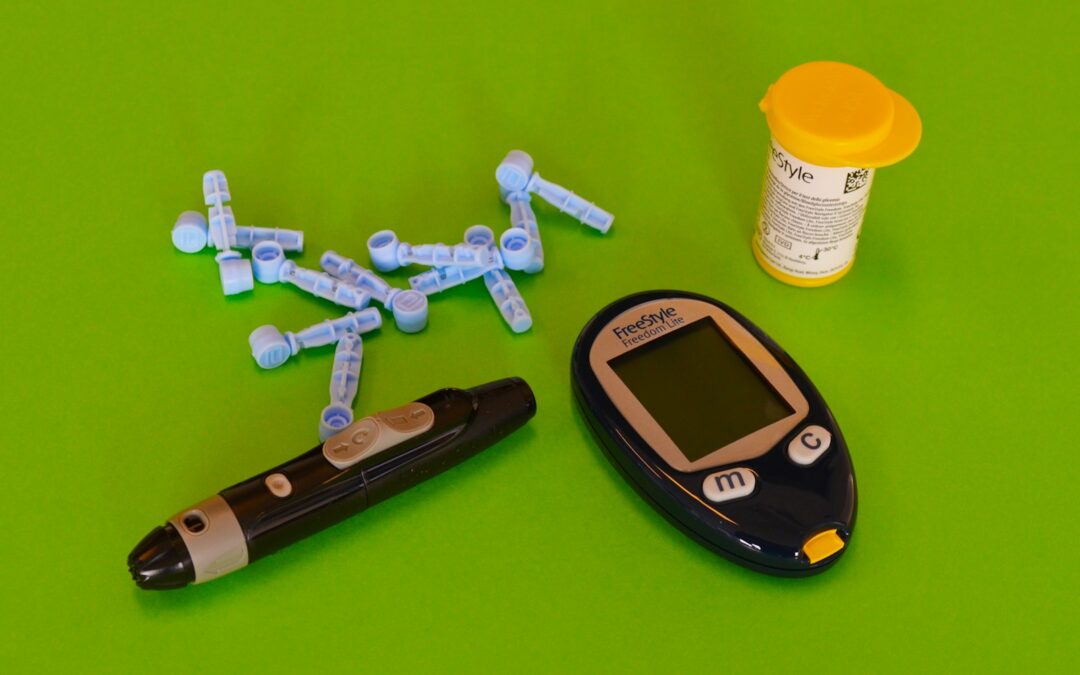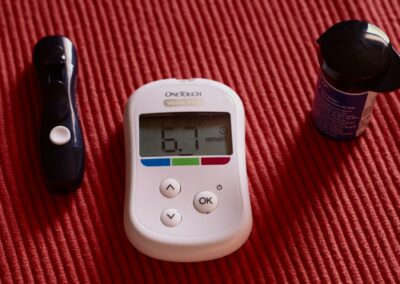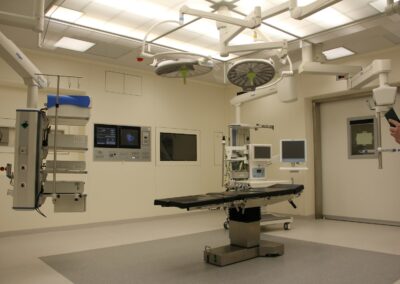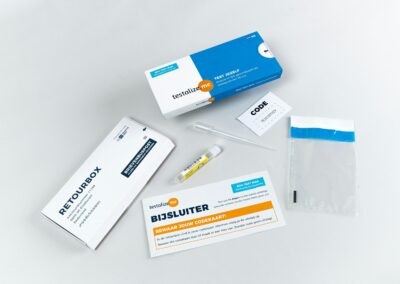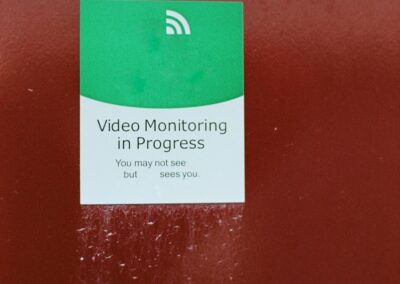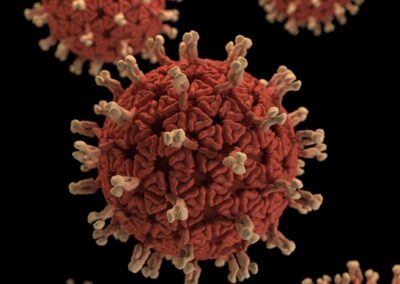Transforming Diabetes Care with Digital Twins
Introduction to Digital Twins in Healthcare
Digital twins in diabetes management are emerging as a groundbreaking tool in the fight against diabetes, offering unprecedented capabilities in real-time monitoring and personalized treatment. A digital twin is a virtual model that mirrors the real-world counterpart, continuously updated with real-time data. In the context of diabetes, it involves creating a comprehensive digital representation of a patient’s physiological data, allowing for precise monitoring and tailored interventions.
In progressive regions like Saudi Arabia and the UAE, where healthcare innovation is paramount, digital twins are being integrated into diabetes care. Cities such as Riyadh and Dubai are leveraging these advanced technologies to enhance the quality of medical services. By utilizing digital twins, healthcare providers can simulate various treatment scenarios, predict potential complications, and customize interventions to meet the unique needs of each patient, thus improving overall diabetes management.
The utilization of digital twins incorporates advanced technologies such as artificial intelligence (AI) and blockchain to ensure a holistic approach to patient care. This integration facilitates not only pre-treatment planning but also ongoing monitoring during the treatment process, ensuring timely and effective responses to any changes in the patient’s condition.
Real-Time Monitoring and Intervention
Digital twins in diabetes management offer significant advantages in real-time monitoring and intervention. Traditional diabetes management often relies on periodic measurements and static data, which may not fully capture the dynamic nature of glucose levels and other physiological parameters. Digital twins provide a continuously updated model, integrating data from glucose monitors, insulin pumps, and other wearable devices to offer a real-time overview of the patient’s condition.
This real-time integration allows healthcare providers to detect fluctuations in glucose levels instantly and respond with appropriate interventions. For example, if a patient’s blood sugar levels rise unexpectedly, the digital twin can analyze the data to determine the cause and suggest corrective actions. This proactive approach helps prevent complications such as hypoglycemia or hyperglycemia, enhancing patient safety and improving outcomes.
Furthermore, digital twins enable better decision-making by providing an interactive and visual representation of the patient’s health status. Healthcare providers can simulate different treatment strategies and predict their outcomes, ensuring that the chosen plan is optimal. This capability is especially valuable in complex cases where multiple factors need to be considered simultaneously.
Implementing Digital Twins in Diabetes Care
The implementation of digital twins in diabetes management requires a collaborative effort between healthcare professionals, technology experts, and regulatory authorities. The process begins with the creation of a detailed digital model of the patient, incorporating comprehensive data from various sources. Advanced imaging technologies and continuous glucose monitors provide accurate physiological data, while AI algorithms analyze this information to maintain the digital twin.
Artificial intelligence plays a crucial role in the ongoing analysis and updating of the digital twin. Machine learning techniques are used to identify patterns and predict potential complications, allowing for timely interventions. Blockchain technology ensures the security and integrity of the data, enabling seamless sharing and collaboration among healthcare providers.
Successful implementation also requires that all stakeholders are adequately trained and equipped to use digital twin technology. Continuous education and training are necessary to keep up with the advancements in the field. Moreover, regulatory frameworks must be established to ensure the ethical use of digital twins, protecting patient privacy and ensuring compliance with medical standards.
Strategic Benefits for Healthcare Systems and Patients
Enhancing Diabetes Management Outcomes
The integration of digital twins in diabetes management significantly enhances patient outcomes by providing a dynamic and detailed view of the patient’s condition. Real-time monitoring and personalized treatment plans help prevent complications and ensure that diabetes management is precise and effective. This technology is particularly beneficial in managing chronic conditions like diabetes, where continuous monitoring is essential for effective control.
In Saudi Arabia and the UAE, where healthcare systems are rapidly advancing, digital twins represent a major step forward in improving diabetes care. The ability to simulate and plan treatments using digital twins allows for more accurate and personalized interventions, leading to better outcomes and higher patient satisfaction.
Additionally, digital twins can help reduce healthcare costs by minimizing hospital visits and preventing complications. By providing a comprehensive and real-time view of the patient’s condition, healthcare providers can deliver more efficient and effective care, ultimately improving the overall quality of the healthcare system.
Driving Innovation and Advancements
The adoption of digital twins in diabetes management is driving innovation and advancements in the healthcare sector. By leveraging AI and other advanced technologies, digital twins provide new opportunities for research and development. Healthcare providers and researchers can use digital twins to explore new treatment strategies, test their effectiveness, and identify potential risks before clinical implementation.
Moreover, digital twins contribute to the advancement of personalized medicine by providing insights into individual patient responses to various treatments. This knowledge supports the development of tailored treatment plans that are optimized for each patient’s unique physiology. As a result, healthcare systems can offer more precise and effective treatments, enhancing patient outcomes and advancing medical science.
In conclusion, the integration of digital twins into diabetes management represents a transformative shift in healthcare. By enabling real-time monitoring and personalized treatment plans, digital twins enhance diabetes management, improve patient safety, and support the ongoing advancement of personalized medicine. As technology continues to evolve, digital twins will play an increasingly important role in shaping the future of healthcare, leading to better patient care and more effective treatment strategies.
—
#DigitalTwins #DiabetesManagement #RealTimeMonitoring #AIinHealthcare #ModernTechnology #GenerativeAI #SaudiArabia #UAE #Riyadh #Dubai #Blockchain #ExecutiveCoaching #ProjectManagement

